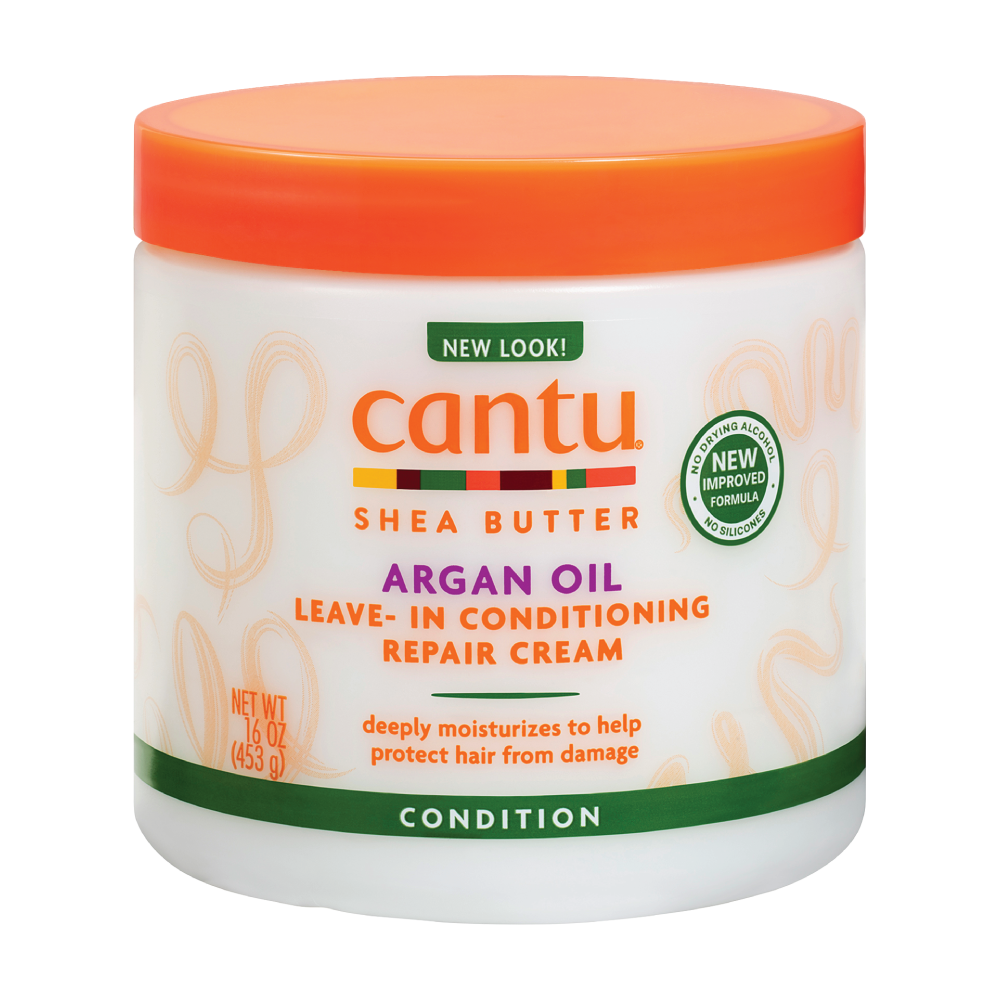Step-by-Step Guide: How to Take Care of 4C Hair
By The Guide
Beauty
Related Posts
Beauty
By The Guide
By The Guide
By Thomas
ADVERTISEMENTS


